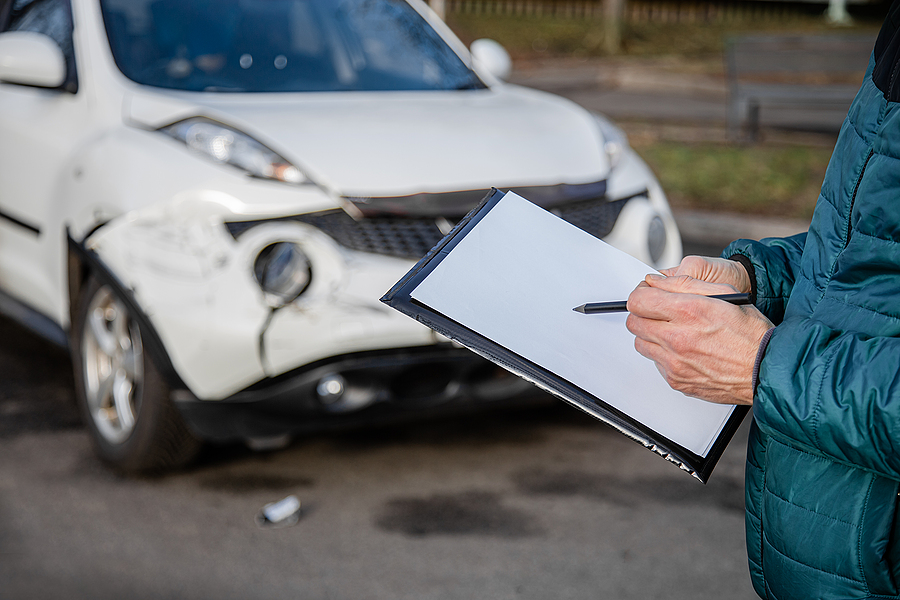Your Step-By-Step Guide for What to Do After a Car Accident
It’s easy to feel overwhelmed in the chaos following a car crash. However, knowing what to do after a car accident is critical. That’s why Sullivan and Sullivan created the Accident Buddy — a simple, printable checklist to guide you through every crucial step after a collision.
Introducing the Accident Buddy
The Accident Buddy is a compact, pocket-sized resource that walks you through the essential actions to take at the scene of a crash. It’s a comprehensive checklist and a roadside companion when things go wrong.
We believe that informed drivers make better decisions. With the Accident Buddy in your car, you can respond safely, legally, and effectively if the unexpected happens.
Step 1: Stay at the Scene
Your first responsibility after an accident is to remain calm and stay put, since leaving the scene of an accident in MA could expose you to legal trouble. If your vehicle is in a dangerous spot, however, move it to a safer area nearby if you can.
Step 2: Call 911
Calling 911 ensures that emergency services and the police arrive promptly, even if the crash seems minor. If anyone is injured, including you or your passengers, medical help is critical. Therefore, fast response times can make a crucial difference.
Police presence is also vital. An official accident report will document key facts and could be a valuable piece of evidence for insurance claims or future legal proceedings.
Step 3: Talk to the Police
Give officers your version of events and let them know about any pain or injury symptoms you’re experiencing. These early observations can be essential in your medical treatment and personal injury claim.
Step 4: Exchange Information
Gather the following details from every other driver involved in the car accident:
- Full name
- Insurance information (carrier, policy number, agent name, phone number)
- License plate number
- Driver’s license number
The more complete this information is, the better your personal injury attorney and insurance company can represent or protect your interests.
Step 5: Identify Witnesses
Eyewitnesses can be critical to determining fault and supporting your version of events. If a pedestrian, passenger, or bystander saw the accident happen, politely ask their name and contact information. Then save that information to share with your attorney later.
Step 6: Document the Scene
Take photos and videos with your phone and include documentation of vehicle damage for all involved vehicles, visible injuries, skid marks and road debris, and the position of vehicles before they were moved (if possible).
Step 7: Avoid Discussions of Fault
Do not admit guilt, apologize, or speculate about what caused the accident. Keep your answers factual and focused on what you saw and felt. Even innocent comments can be misconstrued or used against you in court.
Politely decline if someone else tries to engage you in a discussion about liability. Wait for the police to document the scene and contact a personal injury attorney as soon as possible.
Step 8: Call Sullivan and Sullivan
Contact Sullivan and Sullivan right away — because the sooner you call, the sooner we can protect your rights and guide your next steps. We can provide a free case evaluation, communicate with insurers, help you understand your legal options, and fight to get you the compensation you deserve.
Tips for Keeping the Accident Buddy in Your Car
Having the Accident Buddy nearby means you don’t have to rely on memory or search your phone while you’re shaken up. It also helps ensure you gather the right information and avoid common mistakes that can hurt your case.
Keep your Accident Buddy in the glove compartment or center console — somewhere you can reach easily during a stressful situation. Then consider laminating it or placing it in a protective sleeve to prevent damage. Contact Sullivan and Sullivan for more information.


